It’s often difficult for children who are highly involved in extra-curricular activities, sports, and the arts to keep track of and plan for upcoming events. For children with attention problems and ADHD, managing daily tasks can be particularly challenging. But with the help of some task-management apps for ADHD, kids can become better at organizing their lives and being more cognizant of what each day brings.
Apps for creating reminders and “to-do” lists make it easier to coordinate busy schedules, and they introduce good work habits that will be necessary later in school and in the working world. The apps we recommend below have specific features setting priorities and goals and taking steps to better maintain and manage daily obligations.
Our Top Reminder & To-Do List Apps for ADHD
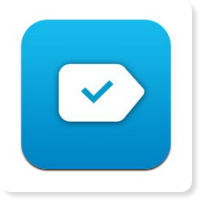 Any.do
Any.do
Any.do is a wonderful app for children with ADHD because it helps them consolidate their daily tasks and activities into a single, portable to do app. There are reminders, alarms, priority settings, and tasks can even be set to specific locations, which the apps will recognize through GPS. Its high functionality makes it one of our most highly recommended task-management apps.
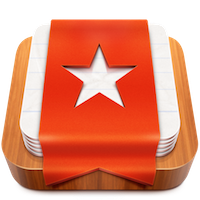 Wunderlist
Wunderlist
Wunderlist is a free website and mobile app for managing tasks and creating lists. Users create tasks, then set a due date and reminder to keep them on track and avoid procrastination. Though there are many “to-do” apps available, Wunderlist sets itself apart with a stylized aesthetic presentation and the ability to integrate with various social platforms.
[cjphs_content_placeholder id=”73528″ random=”no” ]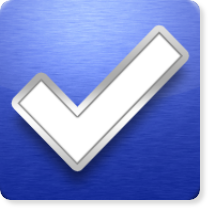 Todo Pro:
Todo Pro:
What makes Todo Pro one of the top reminder apps is its priority system. The three-tiered manner in which the app organizes each entry makes it helpful for users to determine the order in which they need to carry out their tasks. Todo Pro is especially helpful when used for project management, as users can assign tasks to others who have a Todo Pro account. It is a task manager at heart, but an extremely useful scheduling app, keeping all who are participating in an certain activity aware of all progress being made.
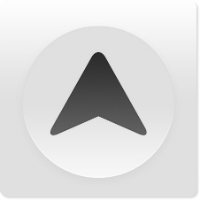 Lift:
Lift:
Lift offers yet another take on the reminder apps. Users create “habits” instead of entries. Each time they complete one the “habits,” users must check in to Lift to verify the activity is done. When all habits are accounted for, users mark the day as complete. It’s about making significant lifestyle changes with Lift. Users learn how to follow thorough with goals and commitments. It’s also very social. Other users can give “thumbs up” and comment on check-ins. The social element actually helps provide users with the motivation they need to check in daily and make important lifestyle changes.
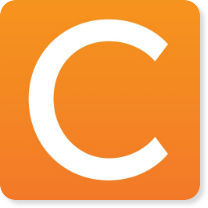 Catch Notes:
Catch Notes:
In Catch Notes, users create “spaces” — basic collections of notes and lists — and organize them by theme. Each space is attributed with a color, and notes and reminders are then added to each space. Lists and consolidated checklists aid users in remembering daily tasks, chores, and commitments, and reminders can be set when important dates draw near. There is a real sense of order when creating checklists with Catch Notes — the matching color scheme and the subject related categories are very easy to manage. There is also a hashtag system in place allowing further categorization, allowing users to easily search for notes and checklists individually.




